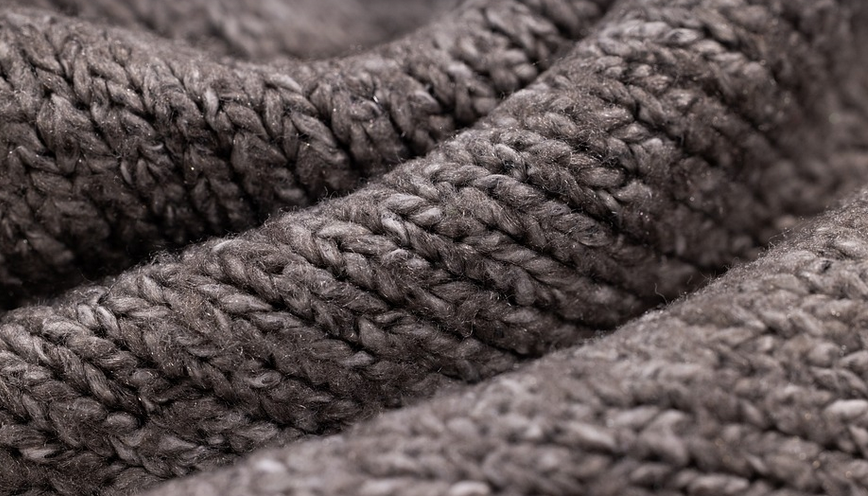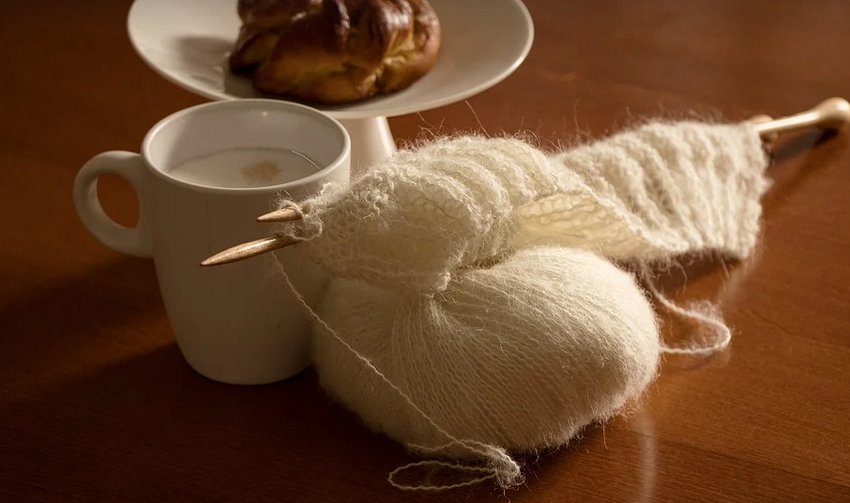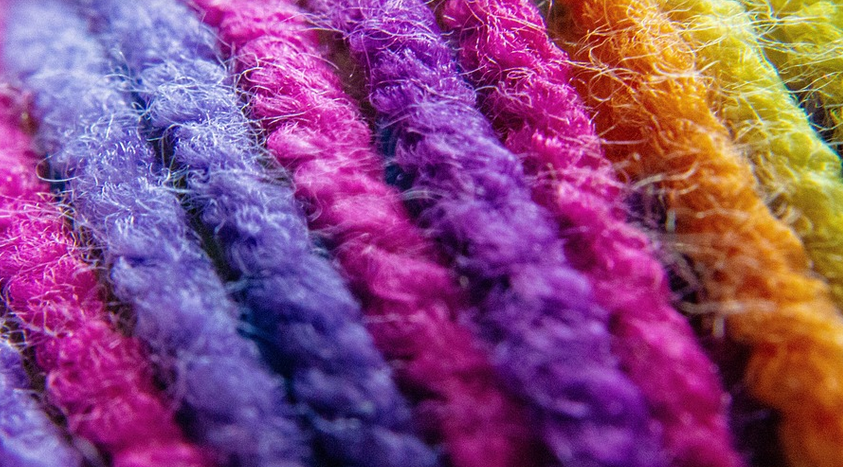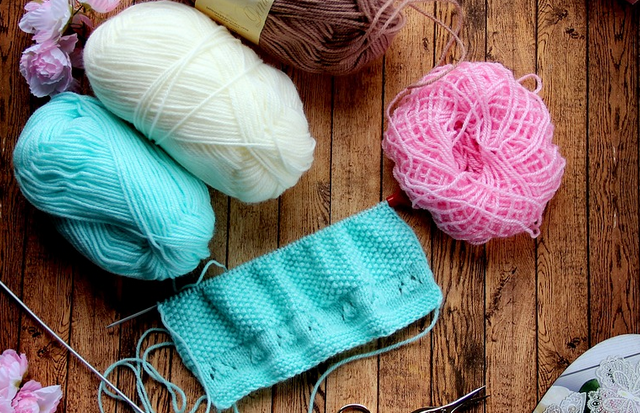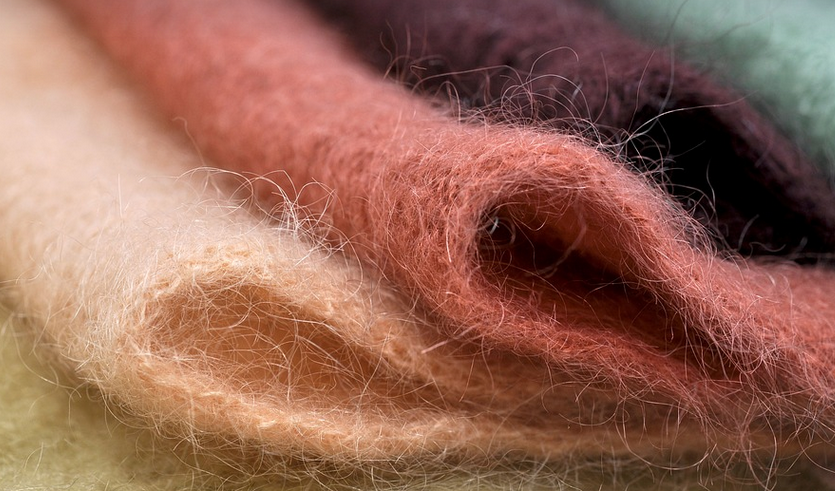
What are Sails?
Imagine yourself aboard a sailboat, the wind catching your sails and whisking you along the vast expanse of water. Sailing is an art form that blends skill, technique, and the power of nature itself! The key to this graceful dance on the water lies in the sails – specialized fabric structures that harness the wind’s energy to propel you forward.
There are various types of sails used on sailboats, each tailored to different sailing conditions, boat designs, and even individual preferences. So, let’s embark on a journey to explore these fascinating marvels of engineering.
The Anatomy of a Sail
To understand the nuances of different sail types, it’s crucial to first grasp their basic construction. A typical sail consists of three core components:
- Sail Fabric: The fabric itself is usually made from high-performance fibers like nylon or polyester. These materials are selected for their durability and resistance to wear and tear, ensuring your sails can withstand the rigors of saltwater and wind.
- Sails’ Shape: Each sail possesses its unique shape; this factor significantly influences how it interacts with the wind. For example, a triangular sail, like those on dinghies or smaller boats, is designed for efficient propulsion in direct winds while maximizing lift.
- Sail Rigging: This refers to all the ropes and lines that are used to control and adjust the sail to various angles and positions. These components also allow sailors to fine-tune the sail’s functionality based on wind strength and direction.
Understanding this basic framework will make the exploration of different sail types even more captivating.
Exploring the World of Sail Types
Let’s dive into a detailed look at various sails, each designed for unique purposes:
**1. Mainsail: The Heart of the Sailboat** –
The main sail is typically the largest and most complex sail on a sailboat. It catches wind from the prevailing direction, turning it into forward momentum. It’s often characterized by its large size and shape, featuring a triangular or even rectangular design depending on the type of sailboat. Mainsail performance is heavily influenced by sail angle and trim adjustments as these factors affect power and speed.
**2. Jib: The Upwind Sail** –
Also known as the foredeck sail, the jib is positioned above the main sail, strategically designed to tack and gybe in various wind directions. This versatile sail excels at sailing upwind or against the wind and contributes significantly to maneuverability in challenging conditions.
**3. Spinnaker: The Wind-Catcher** –
A spinnaker is a specialized sail with a distinctive, often triangular shape, designed for high-speed sailing downwind. It leverages air currents and uses its unique design to maximize wind capture for sustained speed boosts. It’s a testament to the innovative engineering that fuels sailboats to their best potential.
**4. Storm Sail: The Safety Net** –
Storm sails are often used in extremely rough seas or when facing strong winds. These robust sails are designed to provide extra stability and protection during storms, ensuring the boat remains afloat safely even in the most challenging weather conditions.
**5. Genoa: The Versatile Side Sail** –
The Genoa sail stands out for its versatility. It is positioned diagonally on the main mast, often used in conjunction with the jib to enhance upwind performance and provide excellent maneuverability, especially in light winds.
**6. Keel Sail: The Stable Foundation** –
This type of sail is particularly helpful for boats operating in shallow waters or navigating tight corners. It features a small, triangular shape, designed to increase stability and offer superior control over the boat’s movement.
These are just some of the many fascinating types of sails used on sailboats. Each type offers unique advantages, making sailing an art form full of diverse techniques and endless possibilities for exploration.
The Wind is Your Friend
As you continue to explore the world of sails, keep in mind that understanding the wind’s behavior plays a crucial role in maximizing your sailing experience. The right sail configuration based on wind direction and strength can make all the difference.
Learning these fundamentals will allow you to conquer even the most challenging conditions and revel in the thrill of being out at sea!
